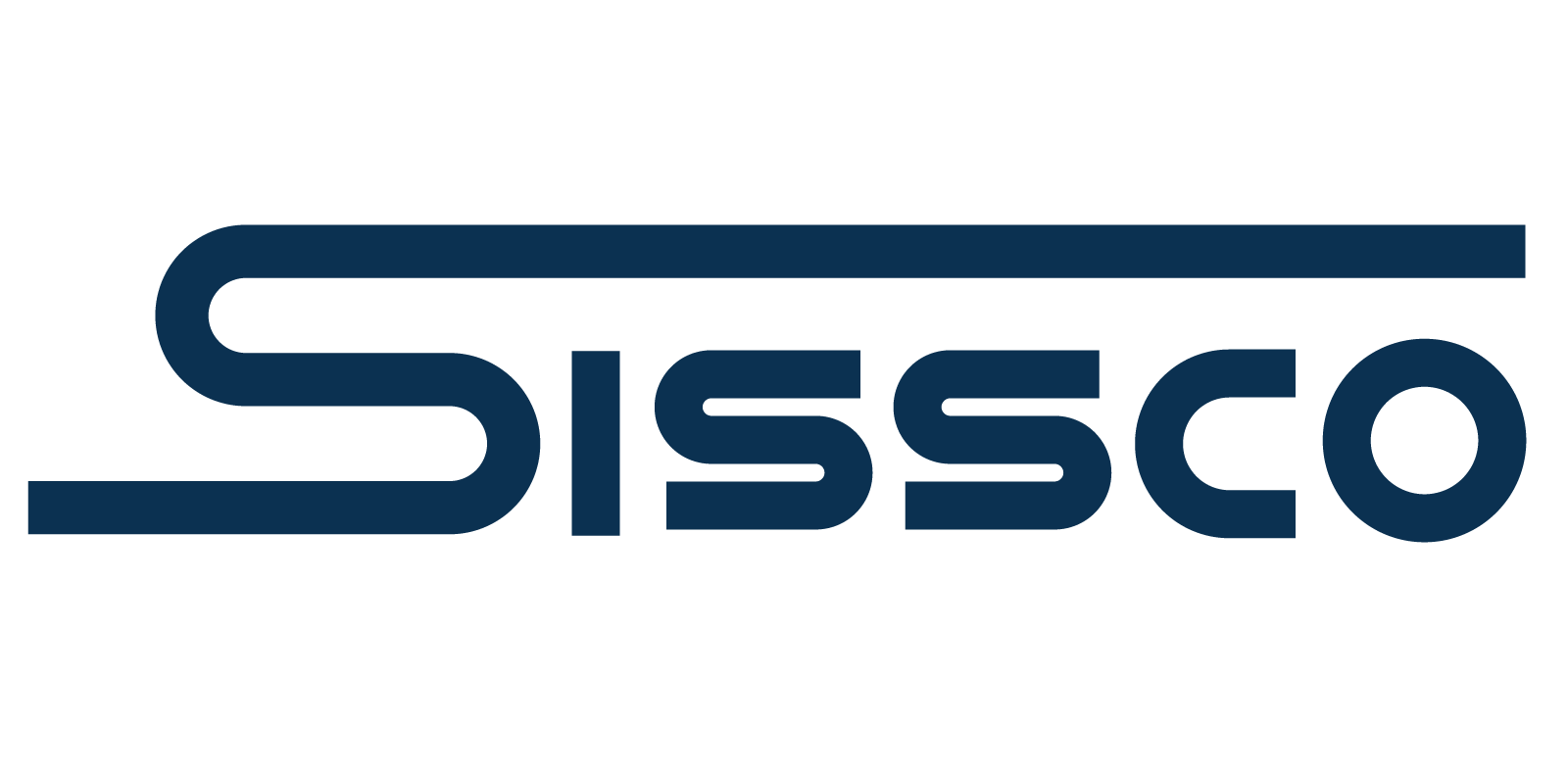Why Overhead Crane Services Matter
Overhead crane service is critical to maintaining operational efficiency and safety in many industries. Regularly servicing these cranes ensures they function reliably, preventing costly downtime caused by unexpected malfunctions or breakdowns. Proper maintenance of overhead cranes is essential for complying with safety regulations and standards, thereby avoiding legal complications and potential fines. Timely service also extends the lifespan of these costly machines, maximizing the return on investment for businesses. Efficiently functioning overhead cranes contribute to smoother workflow and increased productivity, directly impacting the company’s bottom line. Neglecting crane maintenance can lead to serious accidents, endangering workers and potentially causing significant property damage. Regular service of overhead cranes also helps businesses identify issues before they become major problems, saving time and resources. In essence, overhead crane service is a maintenance task and a strategic business decision ensuring safety, compliance, and economic efficiency.
How Often Do You Need Crane Service?
The frequency of overhead crane inspections is crucial for ensuring safety and efficiency in operations. Different classes of cranes require varying inspection schedules based on their usage intensity and operational environments.
- Standby or Infrequent Service Overhead Crane – Annually: These cranes, requiring annual inspection, are often found in powerhouses, public utilities, turbine rooms, motor rooms, and transformer stations. Regular overhead crane repair and service are vital for these units due to their slow, precise movements, ideal for handling sensitive equipment. For instance, in a transformer station, an overhead crane might be used to carefully place large transformers, operating with long idle periods between lifts and handling capacity loads during initial equipment installation or rare maintenance tasks.
- Common Issues and Inspection Points:
- Wear and Tear of Brake Systems: Check for signs of wear in brake pads and discs.
- Control System Malfunctions: Inspect for any irregularities in remote or manual controls.
- Corrosion and Rust: Especially critical due to long idle periods.
- Hoist and Cable Integrity: Look for fraying or kinking in cables.
- Bearing and Gear Wear: Ensure smooth operation of bearings and gears.
- Common Issues and Inspection Points:
- Light Service Overhead Crane – Annually: Inspected annually, light service overhead cranes are typical in repair shops, light assembly operations, service buildings, and light warehousing in NY and beyond. They operate under light service requirements at slow speeds. Imagine an overhead crane in a small warehouse, gently moving boxes or light machinery, with lifts ranging from no load to occasional full-rated loads, averaging around 2.6 meters (10 feet) per lift.
- Common Issues and Inspection Points:
- Electrical System Check: Inspect wiring and connections for wear or damage.
- Load Hooks for Deformation or Cracks: Regularly check the integrity of hooks.
- Alignment and Endstops: Ensure proper alignment and functioning of endstops.
- Hoist Chain Wear: Look for elongation or wear in the hoist chain.
- Lubrication Levels: Check and maintain adequate lubrication of moving parts.
- Common Issues and Inspection Points:
- Moderate Service Overhead Crane – Semi-annually: These cranes, needing inspection twice a year, are common in machine shops or paper mill machine rooms. They are designed for moderate service, handling loads averaging 50% of their rated capacity. In a typical scenario, a crane in a paper mill in NY would frequently relocate large rolls of paper, averaging 3 meters (15 feet) per lift, without exceeding 50% of its rated capacity.
- Common Issues and Inspection Points:
- Bearing and Wheel Wear: Regularly inspect for smooth operation.
- Structural Integrity: Check for any signs of fatigue, cracks, or deformation.
- Limit Switches and Safety Devices: Ensure they are functioning correctly.
- Hoist Brake Functionality: Inspect for effective operation and wear.
- Cable Drum and Sheaves: Check for proper alignment and wear.
- Common Issues and Inspection Points:
- Heavy Service Overhead Crane – Semi-annually: Inspected twice yearly, heavy service overhead cranes are integral in heavy machine shops, foundries, fabricating plants, steel warehouses, container yards, lumber mills, and standard-duty bucket and magnet operations. These cranes are built for heavy-duty production, handling loads near 50% of their capacity. An example is a crane in a steel warehouse in NY, swiftly and repeatedly moving heavy steel beams, averaging lifts of 3 meters (15 feet).
- Common Issues and Inspection Points:
- Overload Protection Systems: Test and ensure proper functioning.
- Trolley and Bridge Movement: Inspect for smooth and aligned movement.
- Rotating Parts for Alignment and Wear: Especially in high-speed operations.
- Bolted Connections: Check for looseness due to vibrations and heavy loads.
- Temperature and Vibration Monitoring: Look for abnormal readings indicative of issues.
- Common Issues and Inspection Points:
- Severe Service Overhead Crane – Quarterly: These cranes, inspected four times a year, are designed for highly demanding environments such as scrap yards, cement mills, lumber mills, fertilizer plants, and container handling. They frequently lift loads at or near their rated capacity, often exceeding 20 lifts per hour in rigorous conditions.
- Common Issues and Inspection Points:
- Frequent Load Testing: Due to constant near-capacity operation.
- High Stress Component Inspection: Focus on hooks, cables, and sheaves.
- Environmental Damage: Look for damage from harsh operational environments.
- Drive System Functionality: Ensure consistent and smooth drive performance.
- Control System Reliability: Regular checks on remote and manual controls.
- Common Issues and Inspection Points:
- Continuous Service Overhead Crane – Quarterly: Also inspected quarterly, continuous service overhead cranes are custom-designed for critical tasks in a production facility. They operate under severe service conditions, continuously handling loads near their rated capacity. These cranes might be found in specialized manufacturing facilities where the crane is an essential component of the production line, constantly active and integral to the facility’s overall output in NY.
- Common Issues and Inspection Points:
- Continuous Duty Cycle Wear: Focus on components subject to constant use.
- Custom Component Inspection: Specific to the unique design of the crane.
- Real-Time Monitoring Systems: Check for accuracy and reliability.
- Preventive Maintenance Checks: More frequent checks due to continuous use.
- Operational Efficiency: Ensure the crane operates at optimal performance levels.
- Common Issues and Inspection Points:
Regular inspections and maintenance of overhead cranes are not just a regulatory requirement; they are essential for the safety and efficiency of operations. Understanding the specific needs of each overhead crane type, whether in NY or elsewhere, ensures that these vital machines are always in optimal working condition, contributing to the smooth operation of various industries. Overhead crane service and repair are integral to maintaining these complex machines.



